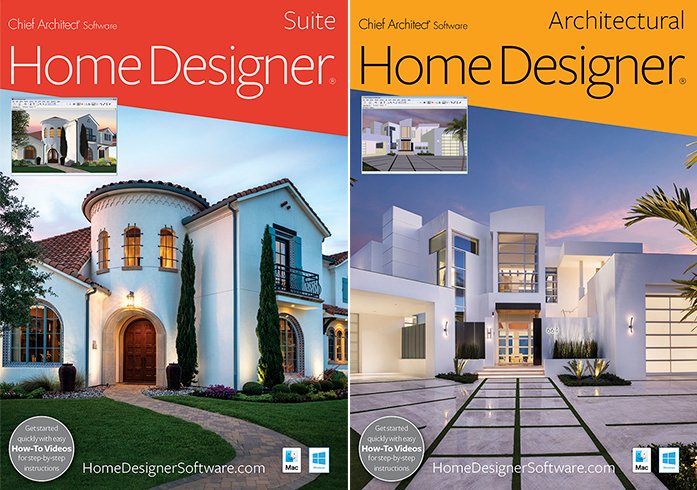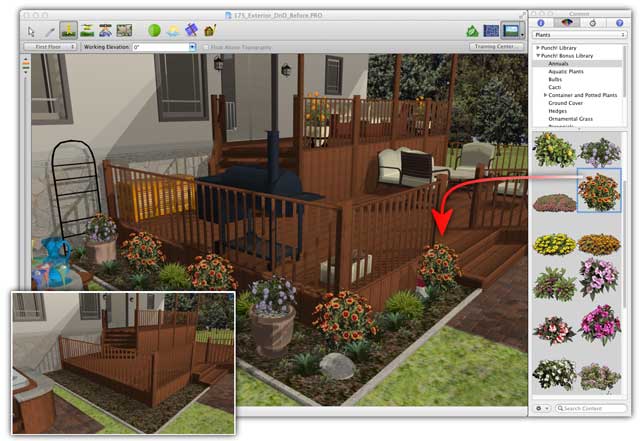

Metrolite + Metroblack (1930, Linotype).Shown in a Linotype specimen in the revised form that saw commercial release, with the 'M', 'a' and other characters revised to resemble the highly successful Futura. Several of his typefaces saw commercial release only after his death, or, while not released themselves, have been used as inspiration for other designers.ĭwiggins' Metrolite and Metroblack fonts, geometric designs of the style popular in the 1930s. Dwiggins had the misfortune of entering the field of type design during a period that encompassed, successively, the Great Depression and the Second World War, and as a result, many of his designs did not progress beyond experimental castings. The following list of his typefaces is thought to be complete. His most widely used book typefaces, Electra and Caledonia, were specifically designed for Linotype composition and have a clean spareness. Griffith, Linotype's Director of Typographic Development, and all his typefaces were created for them. Dwiggins went on to have a successful working relationship with Chauncey H. Typefaces ĭwiggins' interest in lettering led to the Mergenthaler Linotype Company, sensing Dwiggins' talent and knowledge, hiring Dwiggins in March 1929 as a consultant to create a sans-serif typeface, which became Metro, in response to similar type being sold from European foundries such as Erbar, Futura, and Gill Sans, which Dwiggins felt failed in the lower-case.
#Home designer architectural 2015 mac archive
Ī full-length biography of Dwiggins by Bruce Kennett, believed to be the first, was published in 2018 by the Letterform Archive museum of San Francisco. After Dwiggins' wife's death, many of Dwiggins' works and assets passed to his assistant Dorothy Abbe. He and his wife Mabel Hoyle Dwiggins (Febru– September 28, 1958) are buried in the Hingham Center Cemetery, Hingham Center, Massachusetts, near their home at 30 Leavitt Street, and Dwiggins' studio at 45 Irving Street. Many of Dwiggins' designs used celluloid stencils to create repeating units of decoration. The Press considered his fee of $2,000 to be low for an illustrator of his commercial power.

He said he welcomed the chance to "do something besides waste-basket stuff" which would be "promptly thrown away" and chose the Tales of Edgar Allan Poe. In 1926, the Chicago Lakeside Press recruited Dwiggins to design a book for the Four American Books Campaign. My back is turned on the more banal kind of advertising.I will produce art on paper and wood after my own heart with no heed to any market." He commented "it has revolutionised my whole attack.


An additional factor in his transition to book design was a 1922 diagnosis with diabetes, at the time often fatal. Having become bored with advertising work, Dwiggins was perhaps more responsible than any other designer for the marked improvement in book design in the 1920s and 1930s.
#Home designer architectural 2015 mac series
Alblabooks, a series of finely conceived and executed trade books followed and did much to increase public interest in book format. His scathing attack on contemporary book designers in An Investigation into the Physical Properties of Books (1919) led to his working with the publisher Alfred A. During the first half of the twentieth century he also created pamphlets using the pen name "Dr. He gained recognition as a lettering artist and wrote much on the graphic arts, notably essays collected in MSS by WAD (1949), and his Layout in Advertising (1928 rev. With his colleague Frederic Goudy, he moved east to Hingham, Massachusetts, where he spent the rest of his life. Published in 1919, Dwiggins used this parody graph to express his opinion of standards in printing.ĭwiggins began his career in Chicago, working in advertising and lettering.


 0 kommentar(er)
0 kommentar(er)
